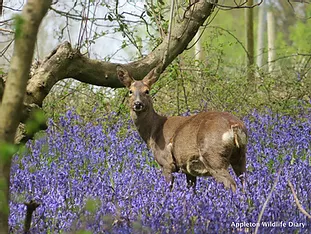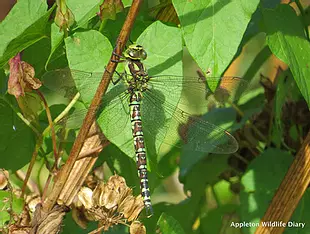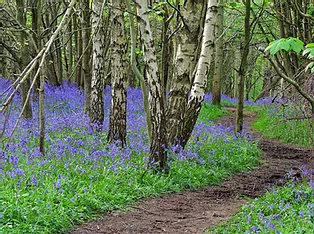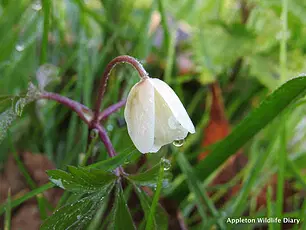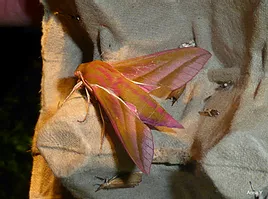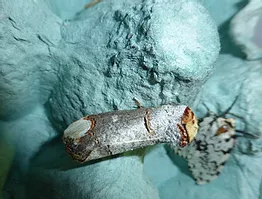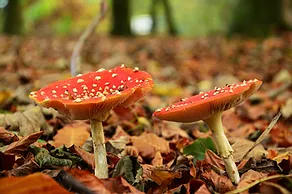Local Clubs
Besselsleigh Wood Group
Contact Details
Besselsleigh Wood Group are a user group for anyone interested in contributing to the management and improvement of Besselsleigh Wood for the benefit of the local community.
The woodland was purchased by the Vale of White Horse District Council in 1998 and the group look after their behalf and hold regular work days and evenings at the wood, suitable for people of all ages, interests and abilities.
Hopefully we’ll be able to meet again the near future, Covid-19 permitting.
Keep watching the Advertiser or the website for information.
It will be lovely to get our club and functioning again.
We have a constitution. To view the constitution, click here.
We have a 20 year management plan. To view the 20 year management plan, click here.
We put on a popular Wood Fest every couple of years for the local community.
Recently we have cleared an area of damaged sycamore and replanted it with birch, sweet chestnut and field maple. We have constructed several walkways to try and improve access over the mud. We are continuing to work on this. We try to extract timber for firewood which is occasionally offered for sale.
We’re always keen to hear from anyone who would like to be part of the group. People contribute in many ways and the main thing is that you get a chance to spend time in this lovely woodland, whilst helping to conserve it for current and future generations.
For more information please contact us at: jane@cranstonjane.co.uk
Our current chairman is John Page. Many thanks to our Richard Snow our previous chairman who remains on the committee where his knowledge of silviculture is invaluable
The timings of working parties vary seasonally. From May to August we meet on Thursdays at 6pm. During the rest of the year we meet on Monday mornings at 9.30 am by arrangement. The chairman currently convenes these work parties. If you’re interested in joining the group please ring John Page on 864808.
Some activities are:
1) Pulling the Himalayan Balsam
2) Pruning the top of our planted hedge
3) Bracken slashing around the new plantings
4) Internal pathway improvements)
5) Tree pruning and thinning.
6) Firewood processing.
7) General clearing of tree shelters.
As you can see there are activities for most ages and abilities.
It is always sensible to wear stout footwear, gloves and to bring a cutting/slashing implement if you have one.
Surveys
Over the years we have had a series of surveys carried out within the woods undertaken with guidance of professional leaders, we looked at plants, butterflies, moths, birds, small mammals including bats, fungi and wasps, bees and all manner of insects.
Plants
Three surveys led by Frances Watkins were carried out at different times of the year. Overall, 109 species of plant were found. Some of these plants, for example, bluebells, wood sorrell and pignut are indicators of ancient woodland. Please find the full survey here.
Bats
Please click here to see the results of the Bat Survey carried out by Dr Danielle Linton, Bat Ecologist. We caught 4 species in nets, including a pregnant natterers bat, a noctule bat that can travel up to 20km in a night, a soprano pipistrelle, and a Brandt’s bat.
Below is a picture of a brown long eared bat found hibernating in a hole in a tree in the woods in March, taken by Keith Cohen with use of an endoscope under licence from Natural England.
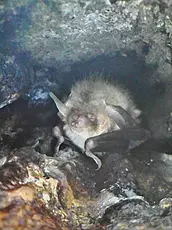
Butterflies
Please click here to see the butterflies recorded in the woods in 2014 with Toby Gillie from the Upper Thames Branch of Butterfly Conservation. We recorded 19 different species. At least three of these, the White Admiral, the Purple Hairstreak and the Purple Emperor are rare butterflies.
Moths
Over 175 species of moth were found, some of which are rare or endangered species. There was a huge range in the size and appearance of the moths. To see the full list of the moths found, please click here.
Birds
Please click here to see the results of the birds surveyed over 2015 by Ray Strugnell. 45 species of bird have been identified.
Small mammals
A series of small mammal traps were placed throughout the woods to catch and then release small mammals in a survey lead by Dr Amanda Lloyd. The report is here.
Fungi
We had great fun on a fungi foray. Approximately 60 identifiable fungi were found, with wonderful names such as dead man’s fingers, jelly ear and turkey tail. Please see the full list here. These were recorded by Judy Webb.
A recent survey of bees and wasps has been carried out, which we will publish soon. This was particularly exciting as a very rare sawfly was identified. This has only been spotted once before in the UK, and that was in 1947 in Devon!
These surveys involved a huge amount of work, (mainly carried out by Ray Strugnell) and have provided us with invaluable records of the flora and fauna of our special woodlands.
Pictures by Alex White (Appleton Wildlife Diary) and Anna Yalci

